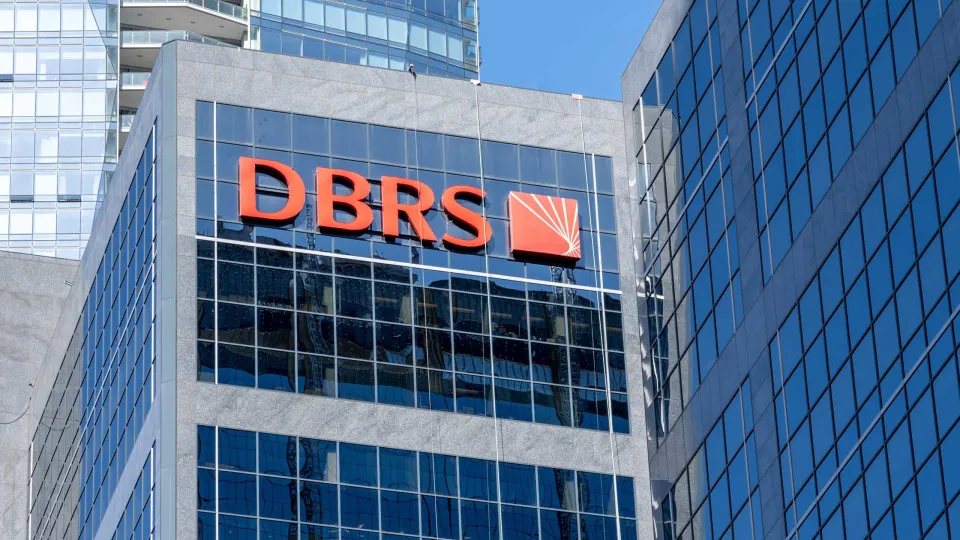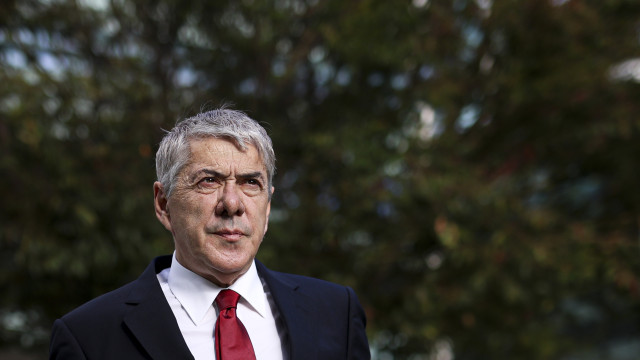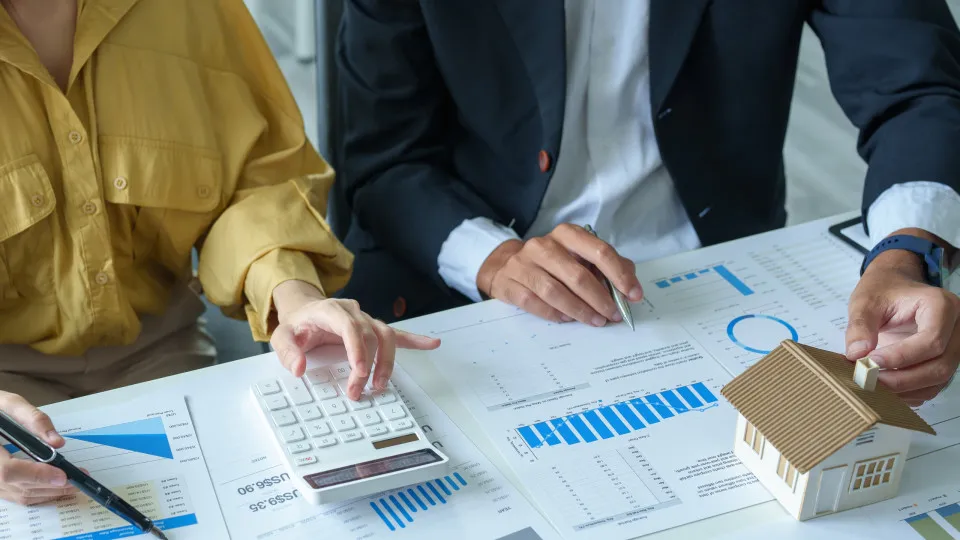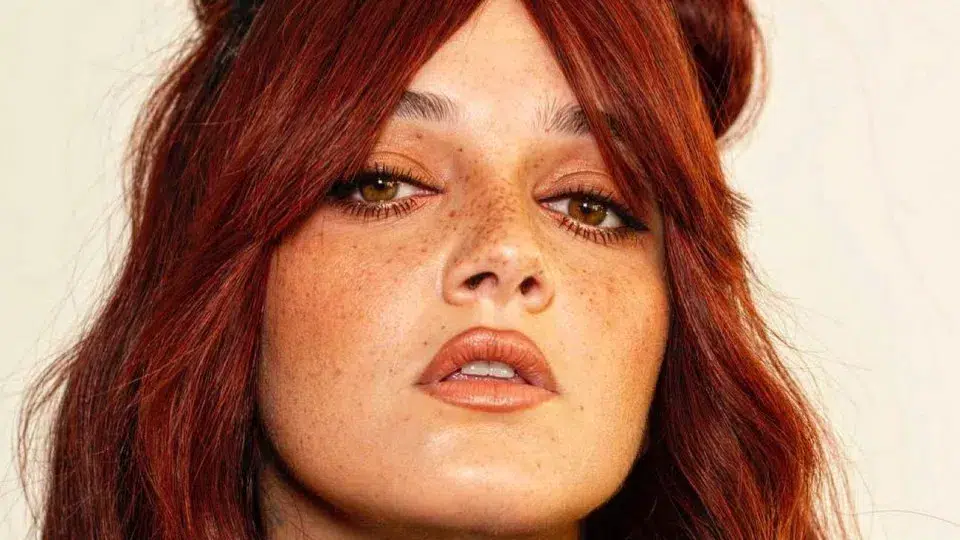
The album features orchestras with which Luís Tinoco has frequently collaborated: the Metropolitana de Lisboa, conducted by Pedro Neves, and the Casa da Música Symphony Orchestra, conducted by Joana Carneiro.
The soloists, referred to by Tinoco as a group of “accomplices and friends,” include singer Lívia Nestrovski, cellist Filipe Quaresma, accordionist João Barradas, clarinetist Horácio Ferreira, and saxophonist Ricardo Toscano.
The first CD contains three pieces: “Kokyuu,” a concerto for alto saxophone and orchestra, Work Songs, and Cello Concerto No. 2; the second disc, recorded live at Casa da Música in Porto, includes the Accordion Concerto and “Entre Silêncios,” a concerto for clarinet and orchestra.
The name “Kokyuu” refers to Japan and can mean a string instrument or breathing, depending on the context. Luís Tinoco explained that he chose it for its meaning as “breathing.”
“I focused more on the concept of breathing. The album is titled ‘Kokyuu’ because the name itself seemed more interesting than something like ‘concerto for orchestra and soloists.’ There is also this aspect of the sound’s plasticity of the word, but mainly because it’s a concept that effectively sums up the type of musical gesture present across the five works, which is about seeking balance and good breathing,” said the recipient of the 2024 Pessoa Prize.
“Unfortunately, in recent years, this hasn’t been possible due to pandemic reasons while I was writing ‘Kokyuu,'” the composer added, referring to the COVID-19 pandemic.
Moreover, Luís Tinoco continued, “Also, socially and politically, what surrounds us is a dystopia, unthinkable and seemingly irreversible, progressing almost suffocatingly.”
“This music seeks to find that good breathing, that space, that tranquility we lack,” he added.
In “Kokyuu,” “the wind instruments somewhat represent this search for balance, this missing breath.”
“Furthermore, the type of musical solutions, environments, and soundscapes explored in this concerto reappear to some extent in the other pieces of the album. Therefore, it was the piece that best and most accurately represents, in a global way, these five concertos,” he argued.
The choice of Ricardo Toscano allows the piece to be heard by a soloist “with a completely different instrumental color” than the previous recording by João Pedro Silva, which is “more classical” and with which Tinoco stated he was “super happy.”
The Work Songs, for voice and orchestra, with Lívia Nestrovski’s “natural voice,” were composed for the Portuguese Symphony Orchestra to premiere at UNESCO’s headquarters in Paris. However, it was premiered five days earlier, on April 30, 2022, at Cine-Teatro Avenida in Castelo Branco.
The three movements of the piece are inspired by work songs from Portugal and Cape Verde, with a free improvisation by Nestrovski over an orchestral background at the end of the third song, closing with a quote from “Meu Barco é Veleiro,” a melody recorded in 1938 in Pernambuco, Brazil, performed by a group of piano movers.
The third piece is Cello Concerto No. 2 for a small chamber orchestra, premiered last year, commissioned by Artway for the “Beyra” project and, like the 1st Concerto, written to be premiered by Filipe Quaresma, “confirming the affinity with the instrument as well as with the cellist,” whom Tinoco admires.
The Accordion Concerto, lasting about 20 minutes, was commissioned by the Centro Cultural de Belém and Casa da Música and opens the second CD, which also includes “Entre Silêncios,” a concerto for clarinet and orchestra from 2019, commissioned by the Gulbenkian Foundation. Both pieces are recorded live at Casa da Música, with its Symphony Orchestra.
Luís Tinoco studied at the Escola Superior de Música de Lisboa (ESML) and in the United Kingdom, where he obtained his doctorate from the University of York. He is a professor at ESML, has collaborated with Antena 2 as a radio program author and producer, and has served as the artistic director of the Young Musicians Award and Festival.
He was a resident composer at the Teatro de S. Carlos between 2016 and 2018 and an associate artist at Casa da Música in 2017.




